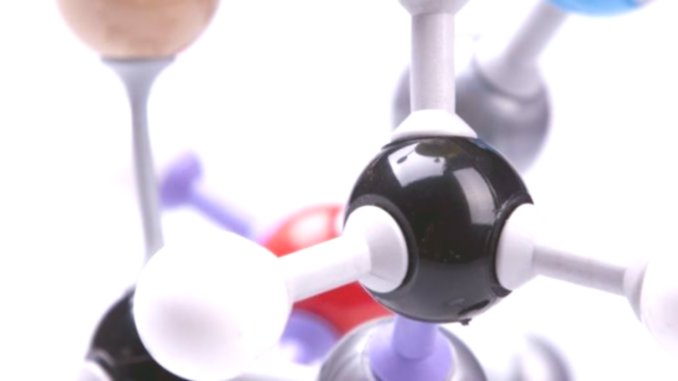

Cancer medicine is making progress. Alternative methods from naturopathy and new technologies ensure that patients have a better chance of surviving the disease after a cancer diagnosis. Nanotechnology is one of them. Strictly speaking, this is nanosupported thermotherapy that is supposed to kill cancer cells.
Research results provide important information
The first study results from an examination with 60 glioblastoma patients already provided important information in 2010 about the opportunities from nanotechnology in cancer. The series of experiments on patients who had been completely treated and who had been unsuccessfully treated with surgery, chemotherapy and radiation brought a number of new findings.
For the tests, scientists injected liquid with nanoparticles directly into the tumor. The respective particles from nanotechnology are no larger than 15 nm. This corresponds to 0.000015 mm. Each of these beads is made up of sugar molecules that contain a core of iron oxide. The chemical prerequisites cause sugar and iron to combine, which in turn prevents them from being broken down or transported away. At the same time, they cannot connect to healthy cells.
In the next step, the patient’s head is exposed to an alternating magnetic field. This means that the nanoparticles change their orientation at short intervals and thus start to vibrate. This vibration leads to the development of heat. However, the temperature in healthy tissue increases only slightly, while it rises to around 50 ° C near tumor cells. This temperature is too high for tumor cells and they die.
The success of nanotechnology
In previous studies, nanotechnology has not been able to cure patients, but it has extended life expectancy by another year on average. Compared to cancer patients without nanotechnology, life expectancy at the end of conventional therapies was around half a year. However, the researchers warn of a standardized statement, because individual patients lived for up to seven years after treatment with nanotechnology.
Further opportunities in nanotechnology
Until now, only thermotherapy was available as a similar procedure. The problem with this treatment is that the heat that acts on the diseased tissue has to be supplied from the outside. It is also absorbed by the surface of the body. This redirected heat does not reach the tumor cells sufficiently. Nanoparticles, on the other hand, have a much more targeted effect, with only minor side effects. The patient is also not anesthetized during treatment because the brain itself has no pain receptors. Thus, the patient feels warmth and may also start to sweat slightly, but pain does not occur. If the doctor sticks the needle into the brain, there is a risk of bleeding. It can also happen
Science is also focused on improving processes. This includes expanding the range of treatments in order to be able to apply nanotechnology to other cancers. At the top of the list is prostate cancer. However, the nanotransport systems are also suitable for introducing medication into the body so that they exert their effects exactly where they are needed. This may also play a role in cancer therapy in the future, e.g. B. to transport chemotherapy drugs directly to the site of the disease.